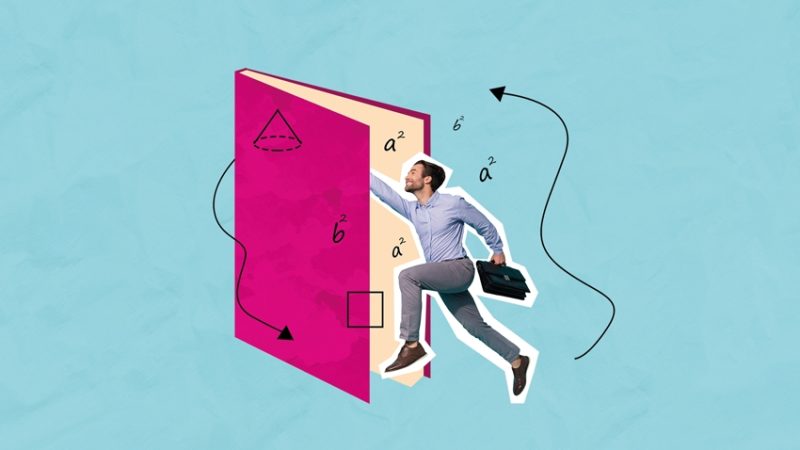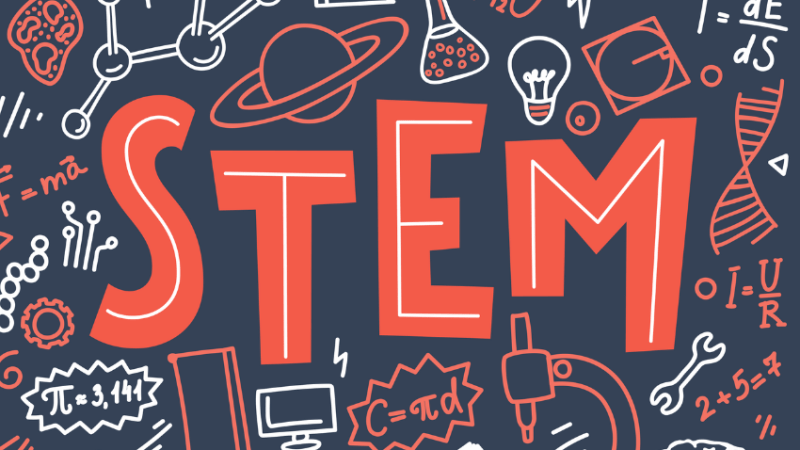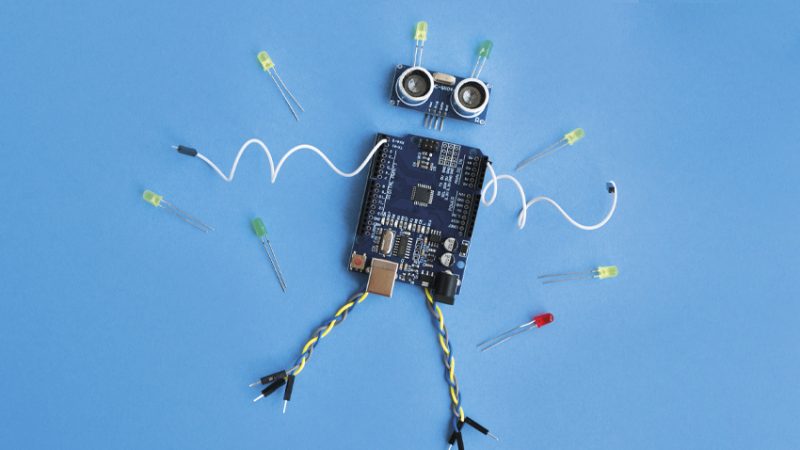Creativity And Logic – Preparing Pupils For STEM Careers
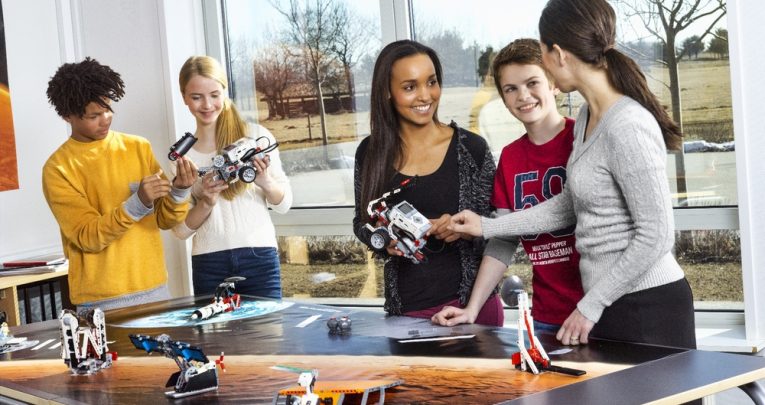
Jessica Boothman from LEGO Education reflects on how schools can give secondary pupils the chance to develop the skills they need in the real world…
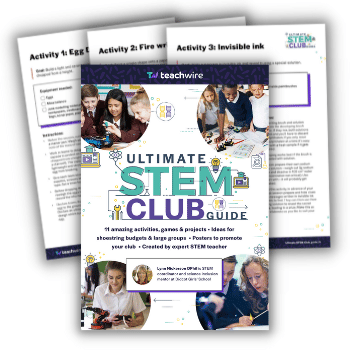
During secondary school, pupils start thinking about future careers and life after education. This is an exciting, yet daunting, prospect for every young person – so it’s crucial that they’re given the opportunity to understand the post-education possibilities and the fundamental life skills required.
When it comes to science, technology, engineering and maths (STEM) subjects in particular, pupils don’t often realise just how many opportunities there are in this sector. Opening their eyes to this and encouraging an interest in STEM is important, since it may open doors that they’d never have considered before. So how can the classroom become a place of learning and inspiration, while also preparing pupils for their futures?
Logic and creativity
When pupils learn kinaesthetically, they are able to actively explore topics relating to the curriculum and ask questions around the topic using logic and creativity. They’re also able to see the potential for how this knowledge can be applied to real-world scenarios, which inspires them to consider potential career paths linked to those topics.
Andy Snape, assistant head of sixth form at Newcastle-under-Lyme College, recognises the importance of creativity and logic in the classroom. “All teachers want to give pupils the greatest opportunities to achieve. I’ve found hands-on lessons to be the most effective, because they enthuse and engage pupils.
‘We use LEGO MINDSTORMS Education EV3 to enrich our STEM classes, as the practical activities give them the chance to understand the purpose of what they’re learning, which is important for opening up discussions about STEM-related careers.”
There are also events that explore STEM further, such as Europe Code Week and the FIRST LEGO League, which can help consolidate learning in an exciting way, ensuring knowledge is retained in pupils’ memories, and developing a greater understanding of the real-world impact of STEM.
Explore and discover
Open-ended activities put learning into the hands of pupils, giving them the chance to take control, engage their curiosity and test solutions until they find the correct answer.
LEGO MINDSTORMS Education EV3 helps equip KS3&4 pupils with the skills associated with a career in STEM; problem-solving, collaboration, logical thinking and resilience. It brings learning to life through the open-ended and set tasks that challenge pupils to build and program robots, systems and machines using the classic LEGO bricks, various sensors and the central “EV3 intelligent brick”.
Using hands-on resources to discover topics including space, temperature, forces, motions and energy, allows pupils to explore and grasp how these concepts can be applied to career opportunities in STEM subjects.
Into the professional world
When learning is engaging, pupils are more likely to commit to the task at hand – so it follows that they learn more, and learn better. The STEM classroom needs to be a place of inspiration, collaboration and innovation.
Every school has a wealth of talent. Teachers need to ensure that this potential is nurtured, and that pupils are able to recognise the possibilities for their futures.The next Mark Zuckerberg or Marie Curie could well be sitting in your classroom – giving them the chance to develop a love of STEM subject and learn the skills needed for the 21st century world means that their potential could be turned into a reality.
To download the LEGO MINDSTORMS Education EV3 programming software and curriculum content for free, and to find out more about LEGO Education UK and its education resources, visit LEGOeducation.co.uk/EV3





